The Hartford 2012 Annual Report Download - page 12
Download and view the complete annual report
Please find page 12 of the 2012 The Hartford annual report below. You can navigate through the pages in the report by either clicking on the pages listed below, or by using the keyword search tool below to find specific information within the annual report.-
 1
1 -
 2
2 -
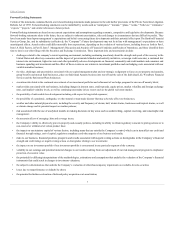 3
3 -
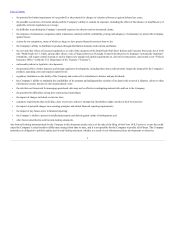 4
4 -
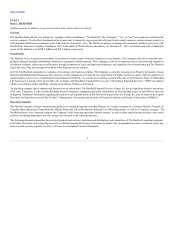 5
5 -
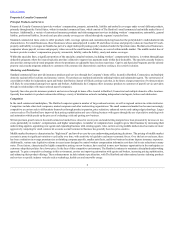 6
6 -
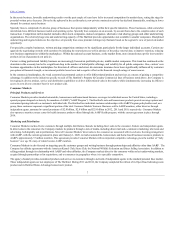 7
7 -
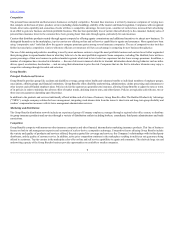 8
8 -
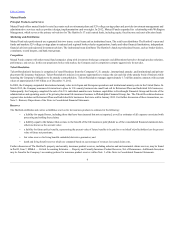 9
9 -
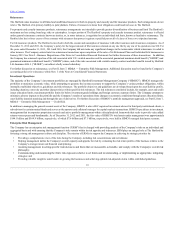 10
10 -
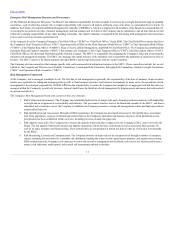 11
11 -
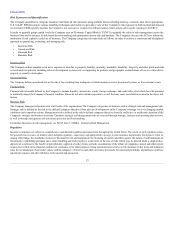 12
12 -
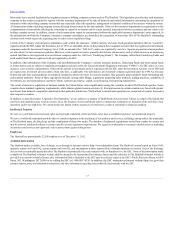 13
13 -
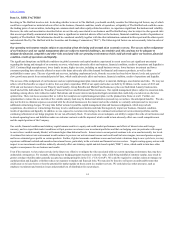 14
14 -
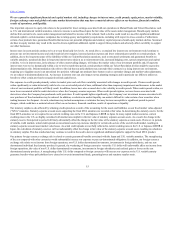 15
15 -
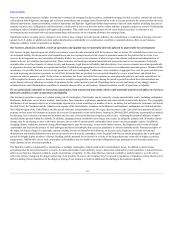 16
16 -
 17
17 -
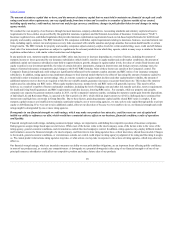 18
18 -
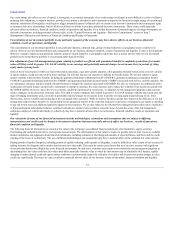 19
19 -
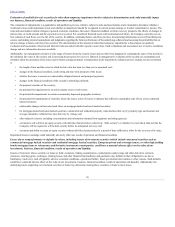 20
20 -
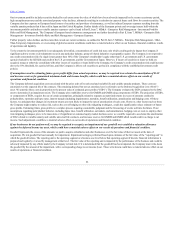 21
21 -
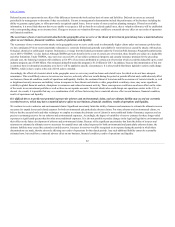 22
22 -
 23
23 -
 24
24 -
 25
25 -
 26
26 -
 27
27 -
 28
28 -
 29
29 -
 30
30 -
 31
31 -
 32
32 -
 33
33 -
 34
34 -
 35
35 -
 36
36 -
 37
37 -
 38
38 -
 39
39 -
 40
40 -
 41
41 -
 42
42 -
 43
43 -
 44
44 -
 45
45 -
 46
46 -
 47
47 -
 48
48 -
 49
49 -
 50
50 -
 51
51 -
 52
52 -
 53
53 -
 54
54 -
 55
55 -
 56
56 -
 57
57 -
 58
58 -
 59
59 -
 60
60 -
 61
61 -
 62
62 -
 63
63 -
 64
64 -
 65
65 -
 66
66 -
 67
67 -
 68
68 -
 69
69 -
 70
70 -
 71
71 -
 72
72 -
 73
73 -
 74
74 -
 75
75 -
 76
76 -
 77
77 -
 78
78 -
 79
79 -
 80
80 -
 81
81 -
 82
82 -
 83
83 -
 84
84 -
 85
85 -
 86
86 -
 87
87 -
 88
88 -
 89
89 -
 90
90 -
 91
91 -
 92
92 -
 93
93 -
 94
94 -
 95
95 -
 96
96 -
 97
97 -
 98
98 -
 99
99 -
 100
100 -
 101
101 -
 102
102 -
 103
103 -
 104
104 -
 105
105 -
 106
106 -
 107
107 -
 108
108 -
 109
109 -
 110
110 -
 111
111 -
 112
112 -
 113
113 -
 114
114 -
 115
115 -
 116
116 -
 117
117 -
 118
118 -
 119
119 -
 120
120 -
 121
121 -
 122
122 -
 123
123 -
 124
124 -
 125
125 -
 126
126 -
 127
127 -
 128
128 -
 129
129 -
 130
130 -
 131
131 -
 132
132 -
 133
133 -
 134
134 -
 135
135 -
 136
136 -
 137
137 -
 138
138 -
 139
139 -
 140
140 -
 141
141 -
 142
142 -
 143
143 -
 144
144 -
 145
145 -
 146
146 -
 147
147 -
 148
148 -
 149
149 -
 150
150 -
 151
151 -
 152
152 -
 153
153 -
 154
154 -
 155
155 -
 156
156 -
 157
157 -
 158
158 -
 159
159 -
 160
160 -
 161
161 -
 162
162 -
 163
163 -
 164
164 -
 165
165 -
 166
166 -
 167
167 -
 168
168 -
 169
169 -
 170
170 -
 171
171 -
 172
172 -
 173
173 -
 174
174 -
 175
175 -
 176
176 -
 177
177 -
 178
178 -
 179
179 -
 180
180 -
 181
181 -
 182
182 -
 183
183 -
 184
184 -
 185
185 -
 186
186 -
 187
187 -
 188
188 -
 189
189 -
 190
190 -
 191
191 -
 192
192 -
 193
193 -
 194
194 -
 195
195 -
 196
196 -
 197
197 -
 198
198 -
 199
199 -
 200
200 -
 201
201 -
 202
202 -
 203
203 -
 204
204 -
 205
205 -
 206
206 -
 207
207 -
 208
208 -
 209
209 -
 210
210 -
 211
211 -
 212
212 -
 213
213 -
 214
214 -
 215
215 -
 216
216 -
 217
217 -
 218
218 -
 219
219 -
 220
220 -
 221
221 -
 222
222 -
 223
223 -
 224
224 -
 225
225 -
 226
226 -
 227
227 -
 228
228 -
 229
229 -
 230
230 -
 231
231 -
 232
232 -
 233
233 -
 234
234 -
 235
235 -
 236
236 -
 237
237 -
 238
238 -
 239
239 -
 240
240 -
 241
241 -
 242
242 -
 243
243 -
 244
244 -
 245
245 -
 246
246 -
 247
247 -
 248
248 -
 249
249 -
 250
250 -
 251
251 -
 252
252 -
 253
253 -
 254
254 -
 255
255 -
 256
256 -
 257
257 -
 258
258 -
 259
259 -
 260
260 -
 261
261 -
 262
262 -
 263
263 -
 264
264 -
 265
265 -
 266
266 -
 267
267 -
 268
268 -
 269
269 -
 270
270 -
 271
271 -
 272
272 -
 273
273 -
 274
274 -
 275
275 -
 276
276 -
 277
277 -
 278
278 -
 279
279 -
 280
280 -
 281
281 -
 282
282 -
 283
283 -
 284
284 -
 285
285 -
 286
286 -
 287
287 -
 288
288 -
 289
289 -
 290
290 -
 291
291 -
 292
292 -
 293
293 -
 294
294 -
 295
295 -
 296
296 -
 297
297 -
 298
298 -
 299
299 -
 300
300 -
 301
301 -
 302
302 -
 303
303 -
 304
304 -
 305
305 -
 306
306 -
 307
307 -
 308
308 -
 309
309 -
 310
310 -
 311
311 -
 312
312 -
 313
313 -
 314
314 -
 315
315 -
 316
316 -
 317
317 -
 318
318 -
 319
319 -
 320
320 -
 321
321 -
 322
322 -
 323
323 -
 324
324 -
 325
325 -
 326
326 -
 327
327 -
 328
328 -
 329
329 -
 330
330 -
 331
331 -
 332
332 -
 333
333 -
 334
334 -
 335
335
 |
 |

Table of Contents
Risk Exposures and Quantification
The Company quantifies its enterprise insurance and financial risk exposures using multiple lenses including statutory, economic and, where appropriate,
U.S. GAAP. ERM leverages various modeling techniques and metrics to provide a view of the Company's risk exposure in both normal and stressed
environments. ERM regularly monitors the Company's risk exposure as compared to defined statutory limits and provides regular reporting to the ERCC.
In order to quantify group capital levels the Company uses an Economic Capital Model (“ECM”) to quantify the value of risk management across the
business lines and to advance its risk-based decision-making and optimization across risk and business. The Company also uses the ECM to inform the
attribution of risk capital to each line of business. The Company categorizes its main risks as follows in order to achieve a consistent and disciplined
approach to quantifying, evaluating, and managing risk:
•Insurance Risk
•Operational Risk
•Financial Risk
•Business Risk
Insurance Risk
The Company defines insurance risk as its exposure to loss due to property, liability, mortality, morbidity, disability, longevity and other perils and risks
covered under its policies, including adverse development on loss reserves supporting its products and geographic accumulations of loss over time due to
property or casualty catastrophes.
Operational Risk
The Company defines operational risk as the risk of loss resulting from inadequate or failed internal processes, people and systems, or from external events.
Financial Risk
Financial risk is broadly defined by the Company to include liquidity, interest rate, equity, foreign exchange, and credit risks, all of which have the potential
to materially impact the Company's financial condition. Financial risk also includes exposure to events that may cause correlated movement in the above risk
factors.
Business Risk
The Company manages its business risk at all levels of the organization. The Company categorizes its business risk as strategic risk and management risk.
Strategic risk is defined as the risk to the defined company objectives from adverse developments in the Company's strategy vis-à-vis changing market
conditions and competitor actions. Management risk is defined as the risk to defined company objectives from the ineffective or inefficient execution of the
Company's strategic and business decisions. Enterprise strategic and management risks are assessed through strategic, business and operating plan reviews,
as well as through management self-assessment processes and benchmarking.
For further discussion on risk management, see Part II, Item 7, MD&A - Enterprise Risk Management.
Insurance companies are subject to comprehensive and detailed regulation and supervision throughout the United States. The extent of such regulation varies,
but generally has its source in statutes which delegate regulatory, supervisory and administrative powers to state insurance departments. Such powers relate to,
among other things, the standards of solvency that must be met and maintained; the licensing of insurers and their agents; the nature of and limitations on
investments; establishing premium rates; claim handling and trade practices; restrictions on the size of risks which may be insured under a single policy;
deposits of securities for the benefit of policyholders; approval of policy forms; periodic examinations of the affairs of companies; annual and other reports
required to be filed on the financial condition of companies or for other purposes; fixing maximum interest rates on life insurance policy loans and minimum
rates for accumulation of surrender values; and the adequacy of reserves and other necessary provisions for unearned premiums, unpaid losses and loss
adjustment expenses and other liabilities, both reported and unreported.
12
